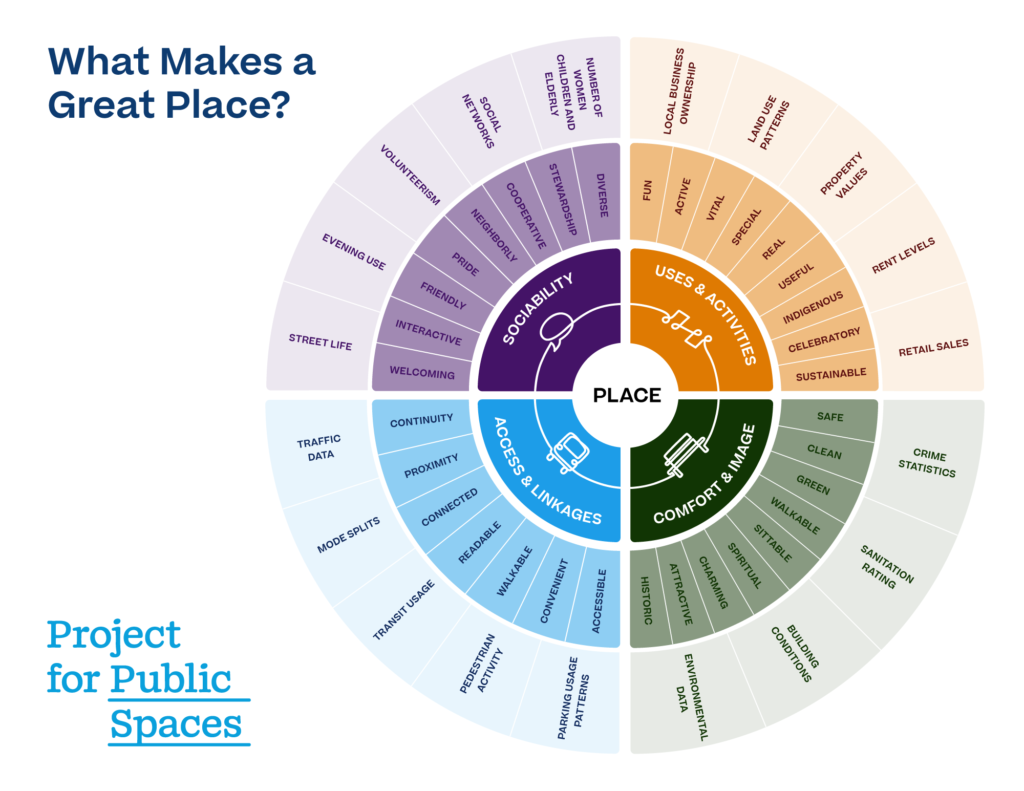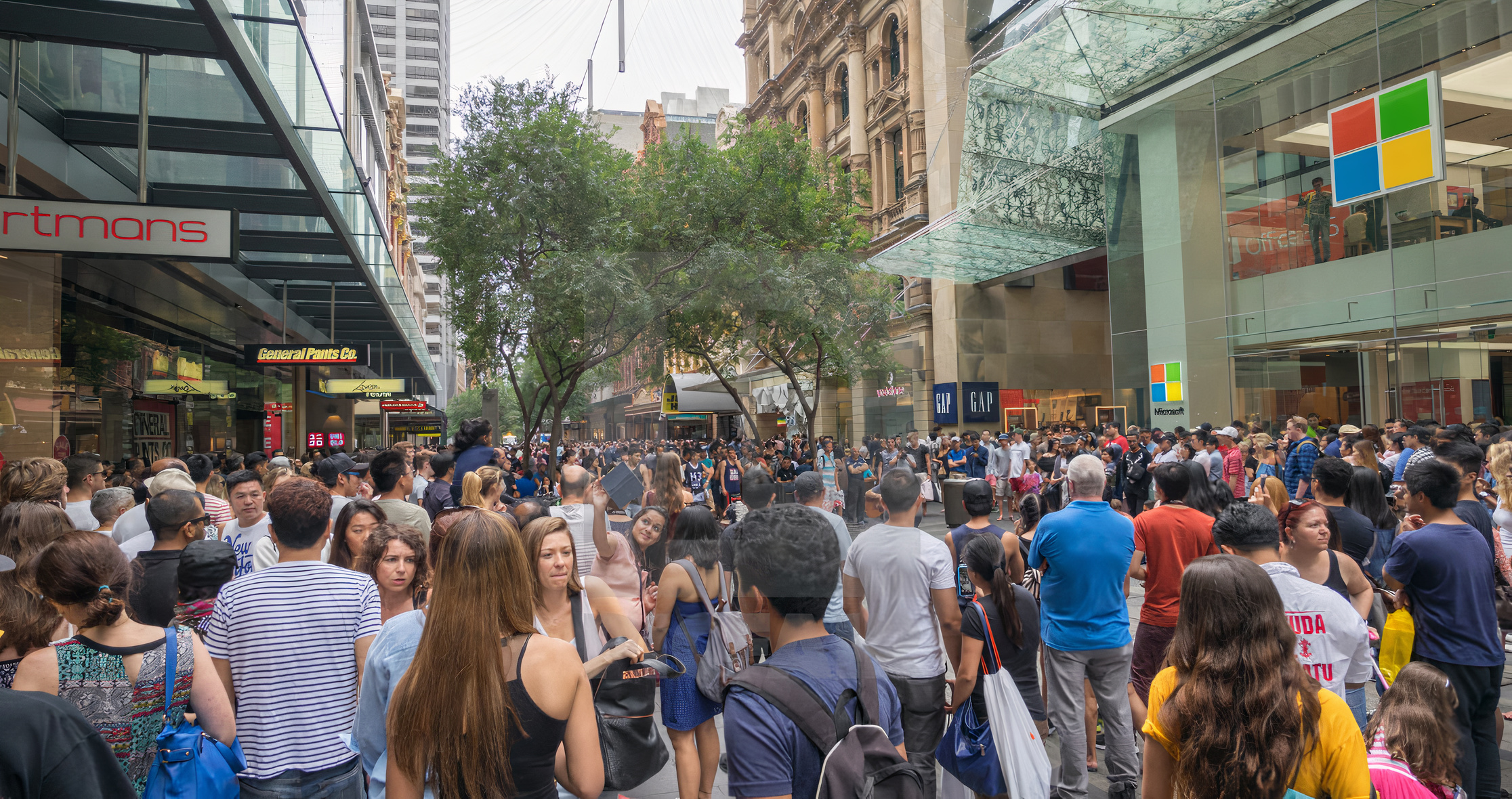Placemaking: Orchestrating Perceptions of Place.
When you see sky-high real estate prices and rents going out of sight it reflects a perception of incredible value and a fear of missing out on that opportunity. Demand increases as prices go up because demand for that location, that building is exceeding available supply. As a result, prices are driven up by someone willing to pay just that much more than someone else and people and businesses end up being left out. What makes a specific location or building so much in demand?
How Supply and Demand Create FOMO.
The supply and demand side of property definitely is key but what creates this perceived value? Marketing has the effect of pushing the sense of scarcity in the market to drive sales. FOMO (fear of missing out), amplified through marketing naturally pushes prices up. Whether it’s a rental unit lease for a new apartment in San Francisco or a commercial lease in a downtown area, potential tenants are driven by a perception that they must make this deal before it’s too late. What pieces of the property puzzle need to come together to create this perception?
Placemaking – Understanding Perceptions of Place and Marketing to Them.
Building value around “place” is based on a methodology that positions locations, uses, and assets in order to shape perceptions that drive behavior. Demand for apartments, offices, or retail space is all about placemaking and how people in their living and working worlds perceive value and location. People don’t locate in high-valued areas just because the apartment or office space is shiny and new. There are many other factors that affect this, from the demographics of who is going there to what’s around these locations that contributes to perceived value. This is why we all know of places and locations in which people go out of their way to live or work. This is where the right marketing feeding the right trends drives demand.

Where Perceptions Align with Value and Mix.
What drove the unbelievable dynamics behind the multi-family housing boom in both San Francisco and Oakland? It was workers who knew they needed to be in these locations, the center of everything. This mindset is driven in part by trends in the market but also by branding and marketing in appropriate media to amplify the perceived value of residing in these locations. Creating the right image for the right demographic feeds powerful trends in the market (until things change).
Brand Positioning and Market Attraction.
You must do your research to build a strategy that clearly relates to the right demographic with the right needs. This is where branding and marketing, focused on the right audience with the right motivations, come together.
Dynamics in Positioning New Developments and Creating the Right Mix.
You can’t push what people do not want. Having a story that relates to the desired lifestyle and needs of the market is the key. But you have to understand this market and what matters to them to emphasize the right property features and positioning to drive a buying decision.
Understand Personas and Perceived Tenant Value.
Factors that weigh in are job generation, where people work, what’s nearby, and where one can eat or drink. Key property features will make the experience about more than an apartment or an office — it’s about lifestyle and connection with other people. Speak to the needs and concerns of your market’s personas and bring all this all together in the right communications.
DUMBO — Transforming A Backwater Into the Hot New Location.
This is why the right anchor retailer in the newly redeveloped area of DUMBO in Brooklyn transformed a neighborhood in the early 2000s. The key property developer, David Walentas, whose development company ,Two Trees Management, purchased most of the properties under the Manhattan Bridge, orchestrated the mixes with inexpensive leases to attract desired tech companies, retailers, and restaurants and a gallery nearby. This investment transformed a small walkable area on the water into one of the hottest locations in Brooklyn.

Placemaking — Keys to Positioning Value in the Right Market Conditions.
Location – Convenience, demographics, proximity, and an already-happening environment with other residents or businesses like yours. You as a decision maker see the benefits and don’t want to miss out.
Demographics – From entry-level workers at tech companies to a mix of large employers with middle management teams, the age ranges and mix of people seek specific connections and experiences before, after, and during the day.
Mix – It’s essential to understand the mix of drivers that make an urban neighborhood popular, including cafes, restaurants, and bars, not to mention the brands they represent. It’s all about positioning. That’s why some places are virtually curated by property owners to create that desirable mix of experiences for the destination.
Pricing – Being aware of costs and the competition and what you can offer is essential
Style – This is where architecture, design, and amenities play a major role in defining perceptions and building value.
Value – All in the mind of the beholder, but important because this is where FOMO comes in. Value in marketing and real estate is built around perceived value and not missing out — this drives the price potential tenants are willing to pay to be part of where they can fit in and build value.
